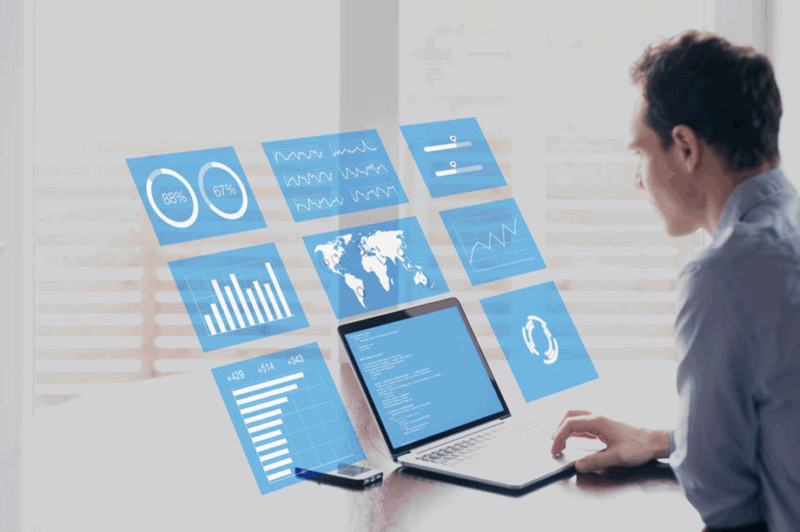
Retirement planning has changed dramatically in recent years. People are seeking more control and growth potential for their retirement savings. While traditional 401(k) plans are reliable, they often have limited investment options.
For those who want to take a more active role in managing their retirement funds, a Self-Directed Brokerage Account (SDBA) 401k is a great option. In this article, let’s take a look at what SDBA 401k plans are, their benefits, and how they can help you plan for your retirement.
What Is an SDBA 401k?
A SDBA 401k is a retirement plan feature that allows participants to access a wider range of investment options than those typically available in traditional 401(k) plans. While standard 401k plans often restrict investments to a curated list of mutual funds or target-date funds, SDBAs enable participants to invest in individual stocks, bonds, exchange-traded funds (ETFs), and alternative investments like real estate investment trusts.
SDBAs are not standalone retirement plans but rather an option within an employer-sponsored 401k plan. They are designed for individuals who want greater control over their investment choices and are comfortable making their own investment decisions.
Benefits of an SDBA 401k
More Investment Options
SDBAs allow you to diversify your investments beyond the limited options offered in traditional plans. You can invest in individual stocks, bonds, ETFs, and REITs, tailoring your portfolio to your specific risk tolerance and financial goals.
Greater Control Over Investments
Traditional 401(k) plans are often managed passively, with limited input from participants. An SDBA shifts control back to the individual, allowing them to actively manage their portfolio.

This is beneficial for experienced investors who prefer to take a hands-on approach to their retirement savings.
Provides Growth Potential
With a wider range of investment options, SDBAs can offer greater growth potential. You can invest in high-performing stocks and sectors that may not be available in traditional plans.
Provides Customization for Risk Management
With a broader array of investment choices, you can create a more balanced portfolio that aligns with your risk tolerance and financial goals. You can adjust your investment strategy as your circumstances change.
Helps in Cost Savings
In some cases, investing through an SDBA can be more cost-effective than sticking with high-fee mutual funds in a traditional 401(k) plan. By choosing low-cost ETFs or individual stocks, you can reduce management fees and increase overall returns.
Who Should Consider an SDBA 401k?
While the benefits of SDBA 401k plans are compelling, they are not suitable for everyone. Here’s who might benefit most from this option:
Experienced Investors
SDBAs are ideal for individuals with a solid understanding of financial markets and investment strategies. They provide the tools and flexibility needed to implement advanced investment techniques.
Those Seeking More Options
If you’re dissatisfied with the limited offerings in your current 401(k) plan, an SDBA can open up a world of possibilities. It’s particularly useful for individuals who want to invest in niche markets or specific industries.
People Comfortable with Risk
SDBAs require participants to manage their portfolios actively, which can involve higher risks. Investors who are comfortable navigating market fluctuations and making informed decisions may find this option rewarding.
High-Net-Worth Individuals
Participants with substantial retirement savings can leverage SDBAs to diversify their investments significantly.

This can be especially valuable for those seeking to allocate their wealth across multiple asset classes.
The Downsides of Self-Directed Brokerage Accounts
While SDBAs offer greater flexibility and control, they also come with potential drawbacks:
- Increased responsibility: Managing an SDBA requires time, effort, and financial knowledge. You must research investment options, monitor performance, and make informed decisions.
- Higher risk of loss: SDBAs offer a wider range of investment options, including individual stocks and bonds. The increased flexibility also comes with higher risk. Unlike traditional 401(k) plans that often invest in diversified, professionally managed funds, SDBAs expose participants to the risks of individual investments.
- Additional costs: While SDBAs can potentially reduce fees associated with traditional 401k plans, they may introduce additional costs, such as trading fees, account maintenance fees, and advisory fees.
- Complex compliance: SDBAs must still adhere to IRS regulations for 401(k) plans. Participants cannot invest in collectibles or certain types of real estate. Navigating these rules can be complex and time-consuming.










